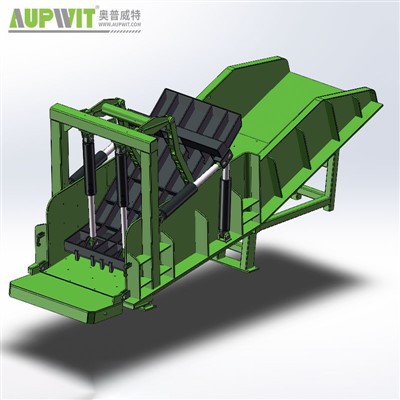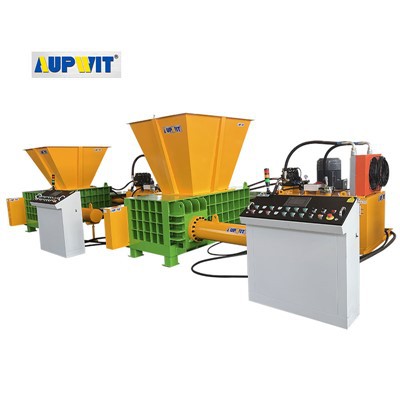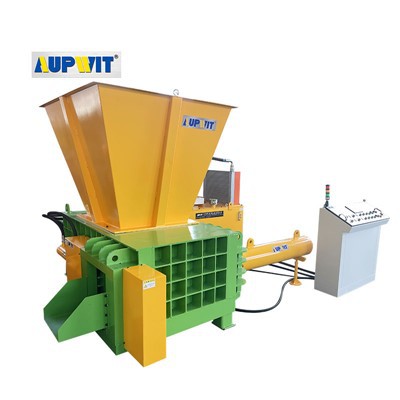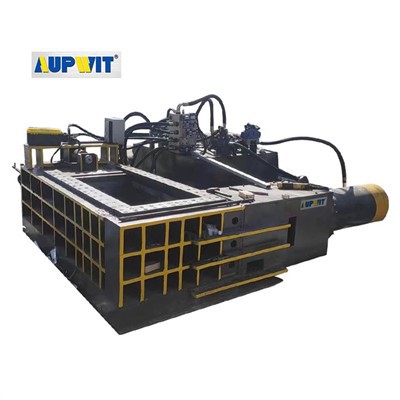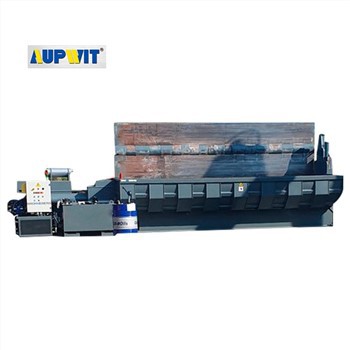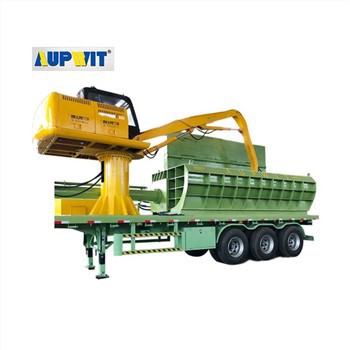Performance of High-Volume Horizontal Balers in High-Temperature Environments
The performance of a high-volume horizontal baler in high-temperature environments depends on its design, material quality, and protective features, though extreme heat can pose unique challenges.
Structural Resilience
Most modern models are engineered to withstand moderate high temperatures (up to 40-50°C) without significant performance loss. Their structural components, such as heavy-duty steel frames and hydraulic cylinders, are typically resistant to thermal expansion, ensuring stability during operation.
Temperature Thresholds
However, prolonged exposure to temperatures exceeding 50°C may affect critical systems. The hydraulic fluid, for example, can thin at high temperatures, reducing its lubricating properties and increasing the risk of leaks or inefficient pressure transmission. This may slow down the baling cycle or reduce compression force, lowering throughput.
Vulnerable Components
- Electrical systems: Including control panels and sensors, are vulnerable to overheating.
- Seals and gaskets: Often made of rubber or synthetic materials, can degrade faster in high heat.
Mitigation Strategies
To mitigate these issues, specialized high-temperature models may include enhanced features:
- Heat-resistant hydraulic fluids
- Insulated wiring
- Reinforced seals
- Temperature monitoring systems
Overall, while high-volume horizontal balers can function in high-temperature environments, their performance relies on proper maintenance, cooling measures, and, when necessary, specialized design modifications.


